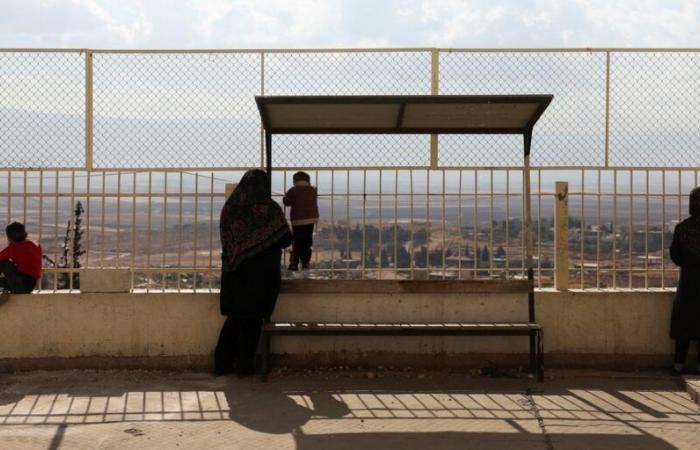Since the start of the war in Gaza a year ago, the Houthi rebels, who control large swaths of Yemen, have “exploited the regional situation and strengthened their cooperation with the “axis of resistance”” which brings together Iran and groups like Palestinian Hamas or Lebanese Hezbollah, warns a UN expert report published Friday.
In this context, “the movement has evolved from a local armed group with limited capabilities to a powerful military organization, which has extended its operational capabilities well beyond the territories it controls”according to the report which covers the period from September 2023 to the end of July 2024.
A transformation enabled by “the transfer of equipment and the assistance and training provided by the Al-Quds Force”an elite unit of the Revolutionary Guard Corps in Iran, by Hezbollah, and by pro-Iranian groups in Iraq, they believe, referring to the establishment of “joint operational centers” in Iraq and Lebanon for “coordinate joint military actions”.
“The scale, nature and volume of transfers from external sources of various military equipment and technologies to the Houthis, including financial support and training of fighters, are unprecedented”worry the experts.
Based on testimonies from military experts, Yemeni officials and those close to the Houthis, the experts judge that the Yemeni rebels have not “no capacity to develop and produce complex weapons systems”like some missiles they use to target ships in the Red Sea. On the other hand, they note “similarities between the different equipment used by the Houthis and that produced and used” by Iran and pro-Iranian groups.
Experts also indicate that for several years, Houthi fighters have received “tactical and technical training outside Yemen”notably in Iran and in Hezbollah training centers in Lebanon.
The report also describes how Yemeni rebels used the argument of solidarity with the Palestinians to launch a “vast recruitment campaign”. Estimates cited in the text indicate a number of fighters of 350,000 in mid-2024, compared to 220,000 in 2022 and 30,000 in 2015.






